SWISS International Air Lines serves as the flag carrier of Switzerland from its hub at Zürich Airport. A key member of the Lufthansa Group and Star Alliance, SWISS operates a fleet of over 100 aircraft to a range of short and long-haul destinations. Also sporting an operating base in Geneva, it will celebrate its 20th anniversary in March 2022.
SWISS came into existence just under two decades ago, in March 2002, although its roots can be traced back further as a regional operator. With its headquarters in Basel, it took over from Swissair as the national airline of Switzerland. Having initially planned to join oneworld, it ended up in the Star Alliance following its takeover by Lufthansa in 2007.
Formed almost 22 years ago
SWISS International Air Lines came into existence following the bankruptcy of former flag carrier Swissair in 2002. Swissair dates back to before the Second World War and had flown the likes of the Boeing 747. Needing a new national airline, a carrier named Crossair stepped in to pick up the pieces of what the now-bankrupt Swissair had left behind.
Crossair had been Swissair's regional subsidiary before the former flag carrier's collapse and dates to 1975. The airline became SWISS after Swissair's creditors sold the majority of the failed carrier's assets to Crossair, and it commenced operations and history on March 31st, 2002.
According to ch-aviation, its fleet was composed of many aircraft that were quickly retired to downsize the company. It had two Saab 340Bs, 31 Saab 2000s, nine MD-83s, two MD-82s, 16 MD-11s, 14 Embraer EMB-145LUs, 11 Embraer EMB-145LRs, four ARJ85s, five ARJ100s, 13 Airbus A330-200s, two A321-200s, six A321-100s, 12 A320-200s, and eight A319-100s. That is a total of 135 aircraft. This fleet was completely unsustainable, and SWISS quickly reduced it, bringing operations down to 55 aircraft in 2006. As of November 2023, SWISS has 113 aircraft in its fleet.
Stay informed: Sign up for our daily and weekly aviation news digests.
Failed BA/oneworld partnership
Before long, the newly formed SWISS International Air Lines began considering the idea of joining forces with other carriers. The idea was to help it grow and avoid a range of unfavorable fates foreseen by directors at the time. Without a partnership, they feared SWISS would either have to refocus as a niche carrier or unrecognizably shrink as an airline.
As such, it began discussions with several leading European airline groups. After not getting anywhere with Air France-KLM, SWISS turned its attention to UK flag carrier British Airways. In turn, it also spent a year trying to get into oneworld, the alliance of which British Airways was a founding member. However, this ended up causing tension with the UK flag carrier.
The reason for the tension was the fact that SWISS and British Airways competed on several key routes. Nonetheless, despite the UK airline's objections, SWISS was eventually granted permission to join the alliance. However, in the end, the airline turned down the opportunity, citing what it believed would be a one-sided relationship with British Airways in terms of benefits.
Slowly acquired by Lufthansa
SWISS announced that it wouldn't be joining oneworld in June 2004. Just nine months later, it had secured a fresh deal with Lufthansa. The result was a gradual takeover that eventually integrated SWISS into the Lufthansa Group and its 'Miles & More' frequent flyer program. Lufthansa gained an initial 11% share in SWISS in March 2005.
Over the next two years, Lufthansa gained more and more control of SWISS, gradually integrating its operations into the group. In April 2006, SWISS became a member of both the aforementioned Miles & More scheme and the Star Alliance. By July 2007, the takeover was officially complete, and SWISS remains a Lufthansa Group member today.
Subsidiaries and acquisitions
The mid-2000s also saw SWISS expand its operations in the form of the establishment of a regional subsidiary. Furthermore, it also acquired multiple carriers in the years that followed. In terms of SWISS's regional subsidiary, this came into existence in September 2005 as Swiss European Airlines. It commenced operations two months later, in November 2005.
While initially a regional carrier, the subsidiary was rebranded as Swiss Global Airlines in 2015. This reflected the fact that it had begun operating certain long-haul services on behalf of its parent company, using the Boeing 777. In April 2018, SWISS merged the carrier back into its own mainline operations, following a new harmonized labor agreement.
Meanwhile, in 2008, SWISS also acquired Edelweiss Air and Servair. Edelweiss now serves as the carrier's leisure arm, flying to various holiday destinations both within and outside of Europe. Servair, on the other hand, focused on executive travel. Renamed Swiss Private Aviation following its acquisition, it ceased operations three years later due to restructuring.
Brand history
Throughout its history, SWISS has retained a simple but smart approach to its brand identity. Its early livery featured the Swiss flag on the aircraft's tail. Meanwhile, the fuselage was almost entirely plain white. Towards the front of the aircraft, the airline's name was printed in lowercase, with the country's name in various languages listed next to it.
Since 2011, SWISS has painted its aircraft with a slightly different take on this simple but effective paint scheme. The airline's name is now printed in thick red capital letters at the front of the fuselage, with the list of names for Switzerland in French, German, Italian, and Romansh (the country's four official languages) no longer present alongside it.
Recent developments
In recent years, SWISS has come to operate a diverse and modern fleet. The company currently has a fleet of 113 aircraft, including 25 that are wet-leased to other companies such as Helvetic Airways and airBaltic.
SWISS has nine Airbus A220-100s, 28 A220-300s, 12 A320ceos, six A320neos, three A321-100s, three A321-200s for short-haul operations. Seven A220-300s are wet-leased to airBaltic. Additionally, it also has 18 Embraer E190 aircraft, wet-leased to Helvetic Airways. For long-haul operations, SWISS has 14 Airbus A330-300s, 12 Boeing 777-300ER and four A340-300s.
Looking forward, the company has orders for ten A320neos, five A321neos, and five A350-900s, which are set to replace the older A340s by 2025.
What do you make of SWISS? Do you have any particular memories of flying with the 19-year-old airlines? Let us know your thoughts and experiences in the comments.
Source: ch-aviation

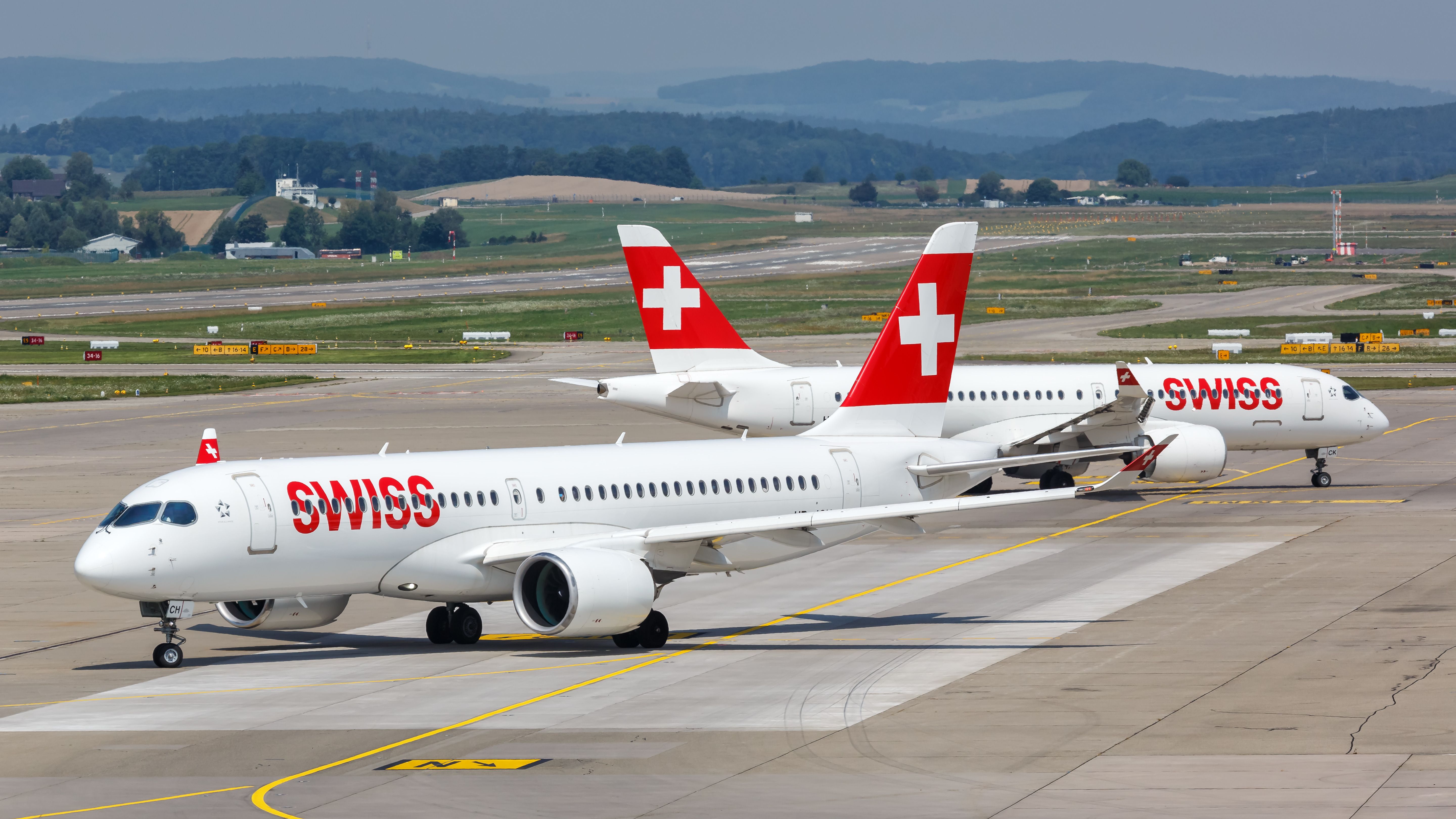
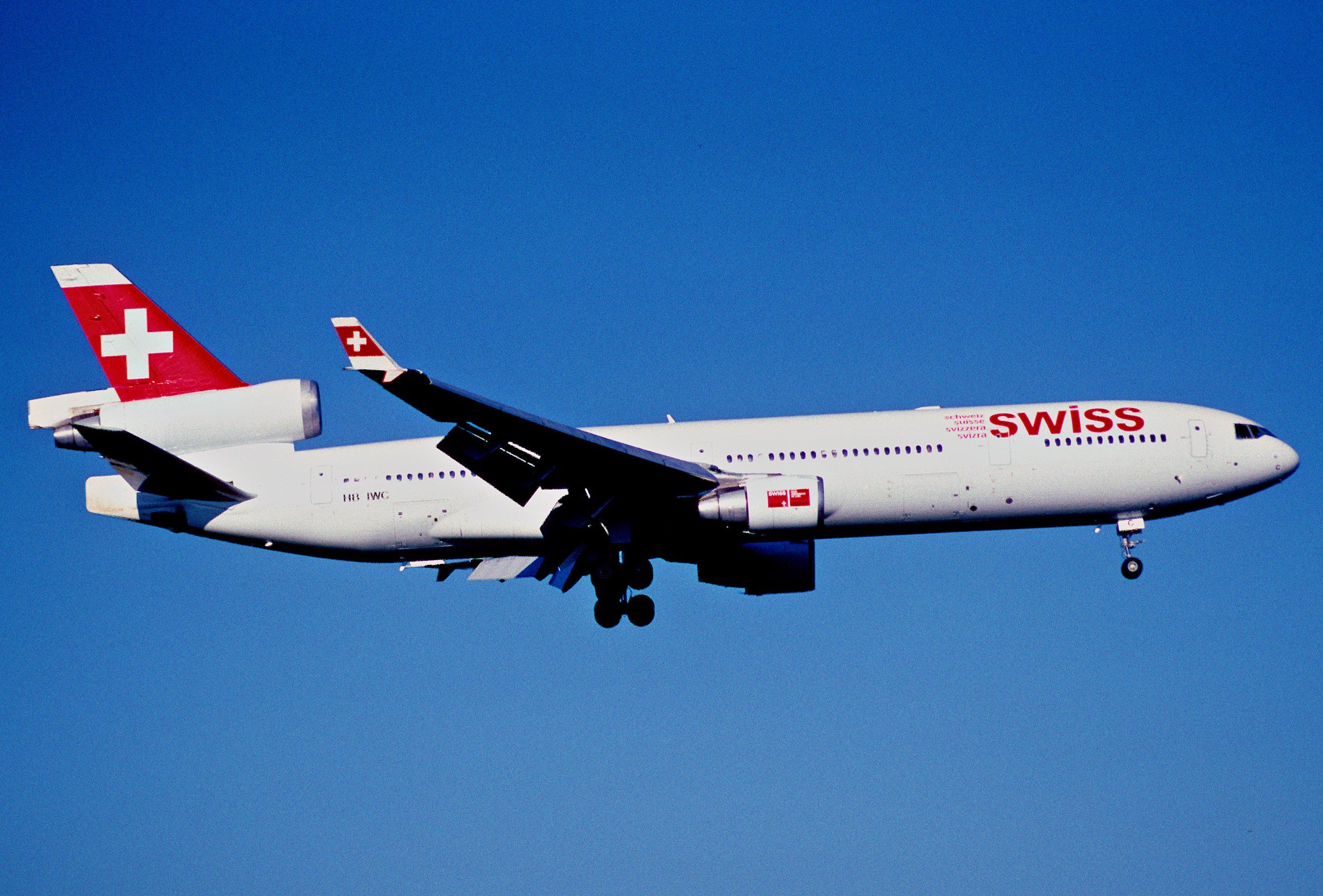
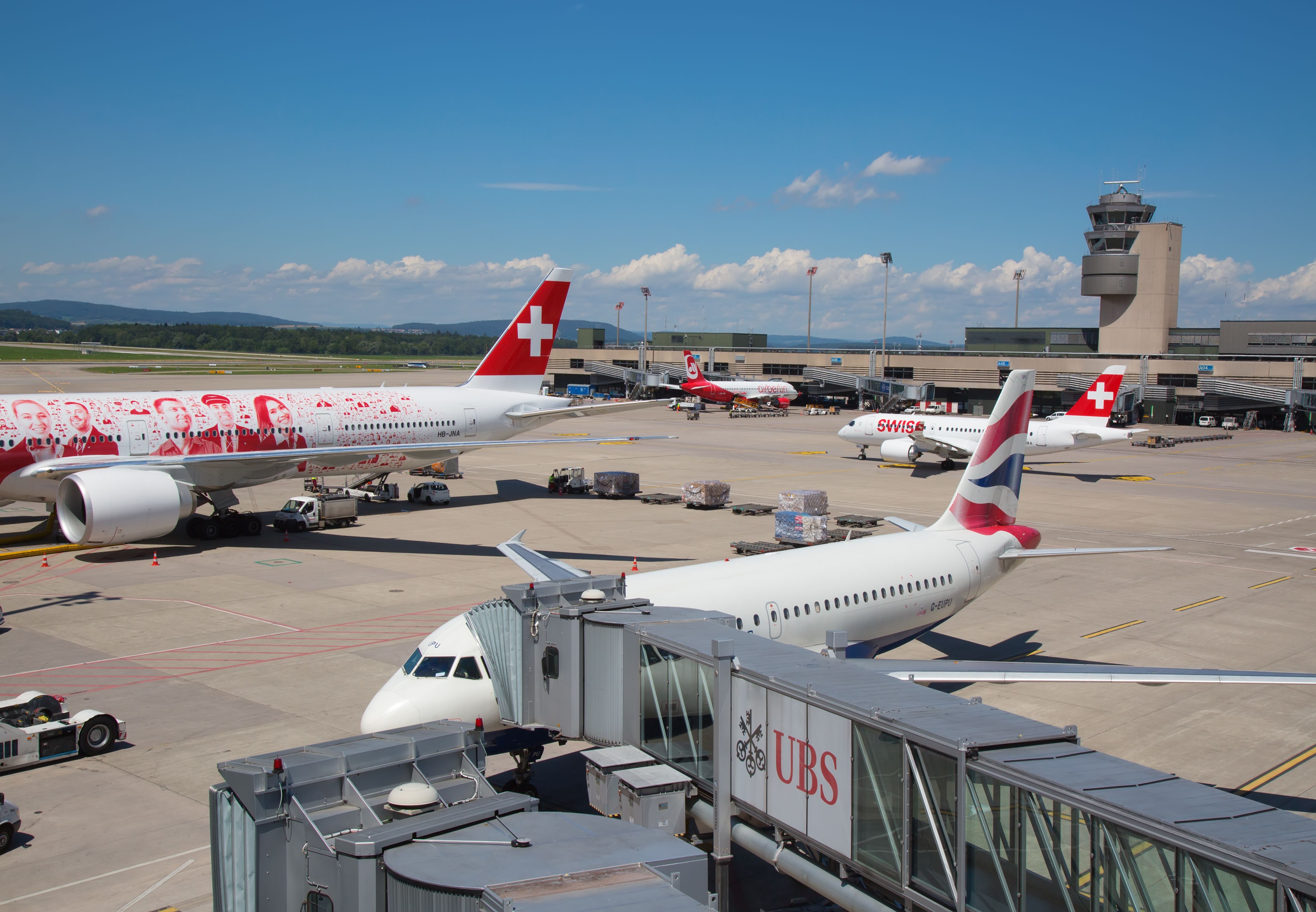
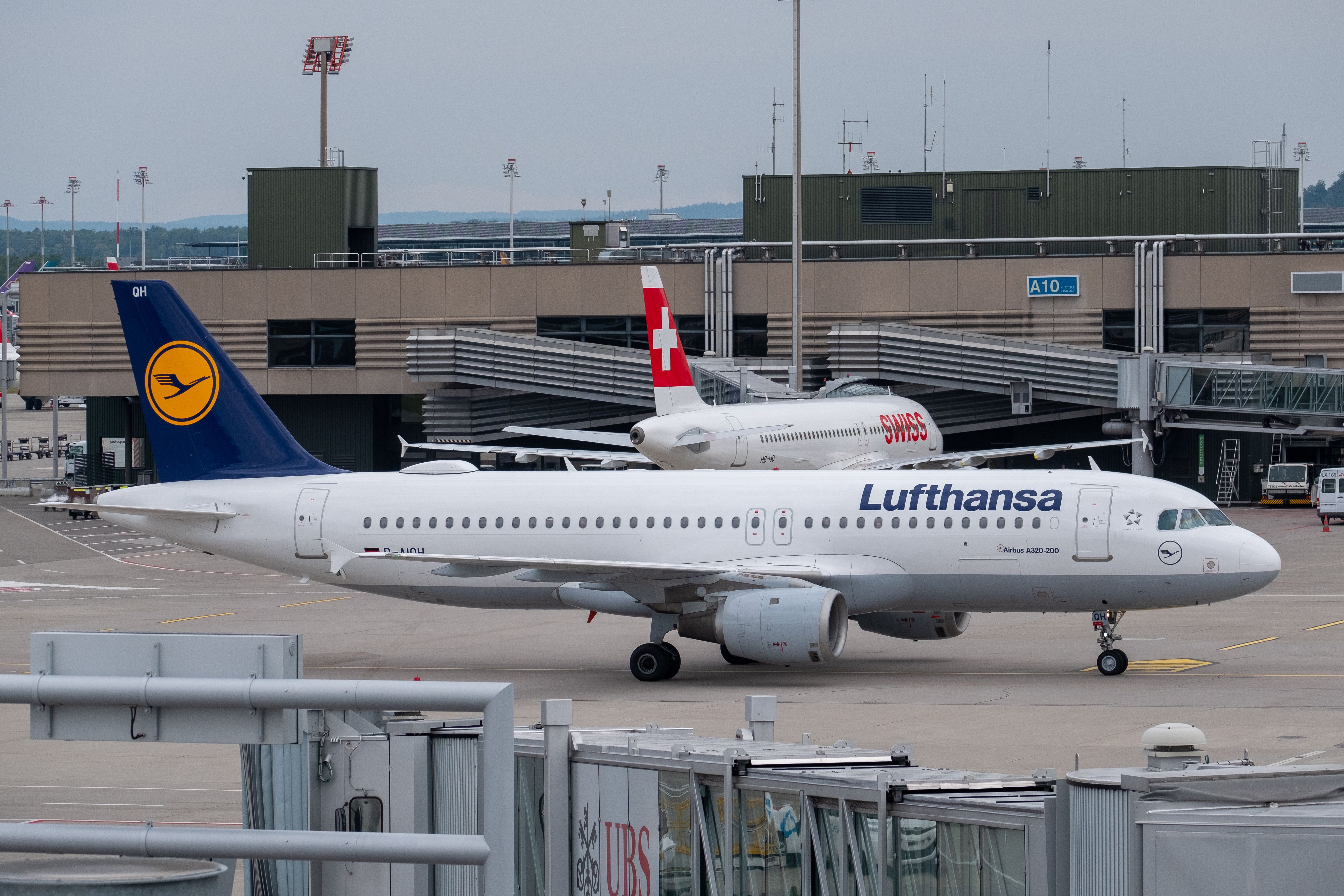
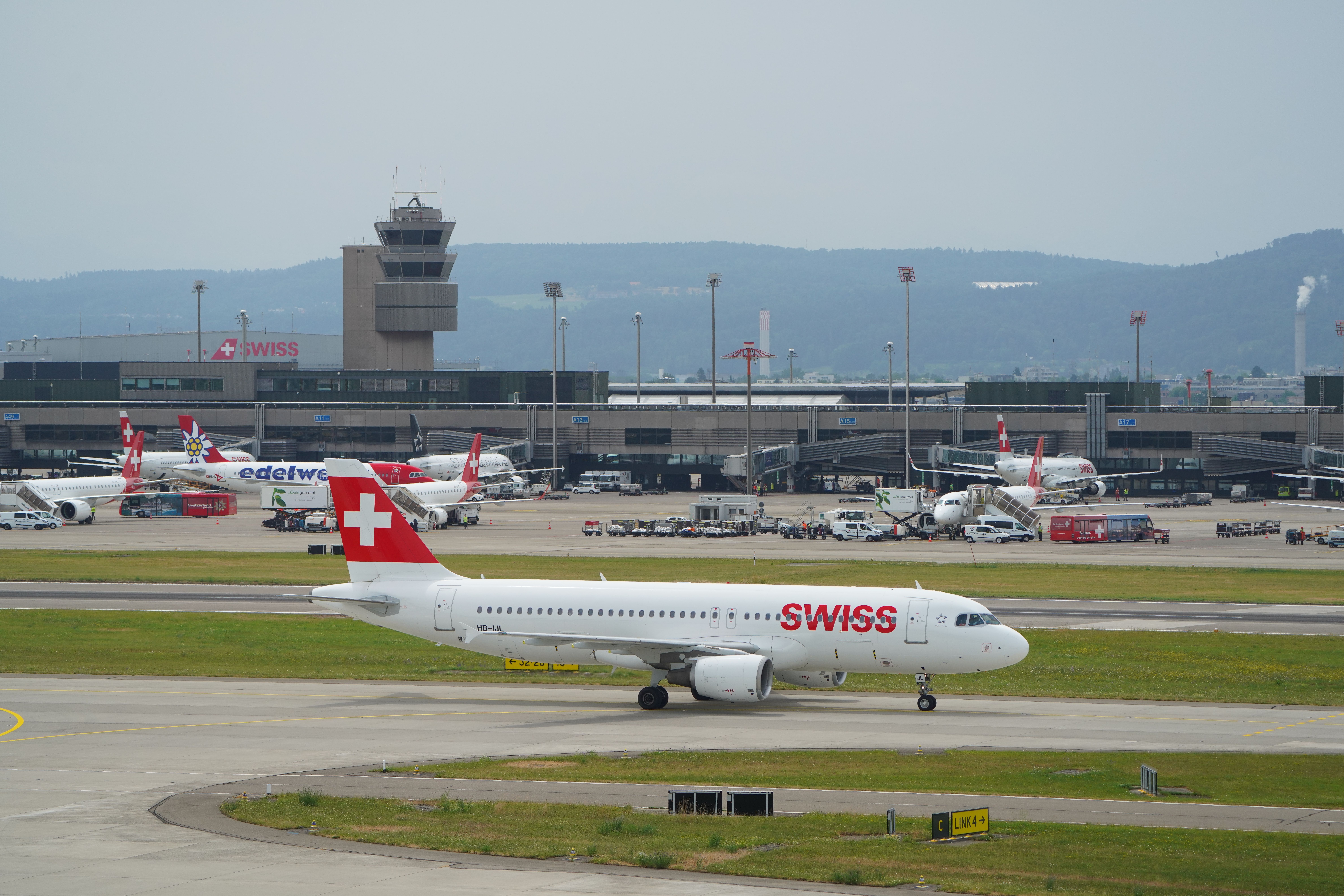
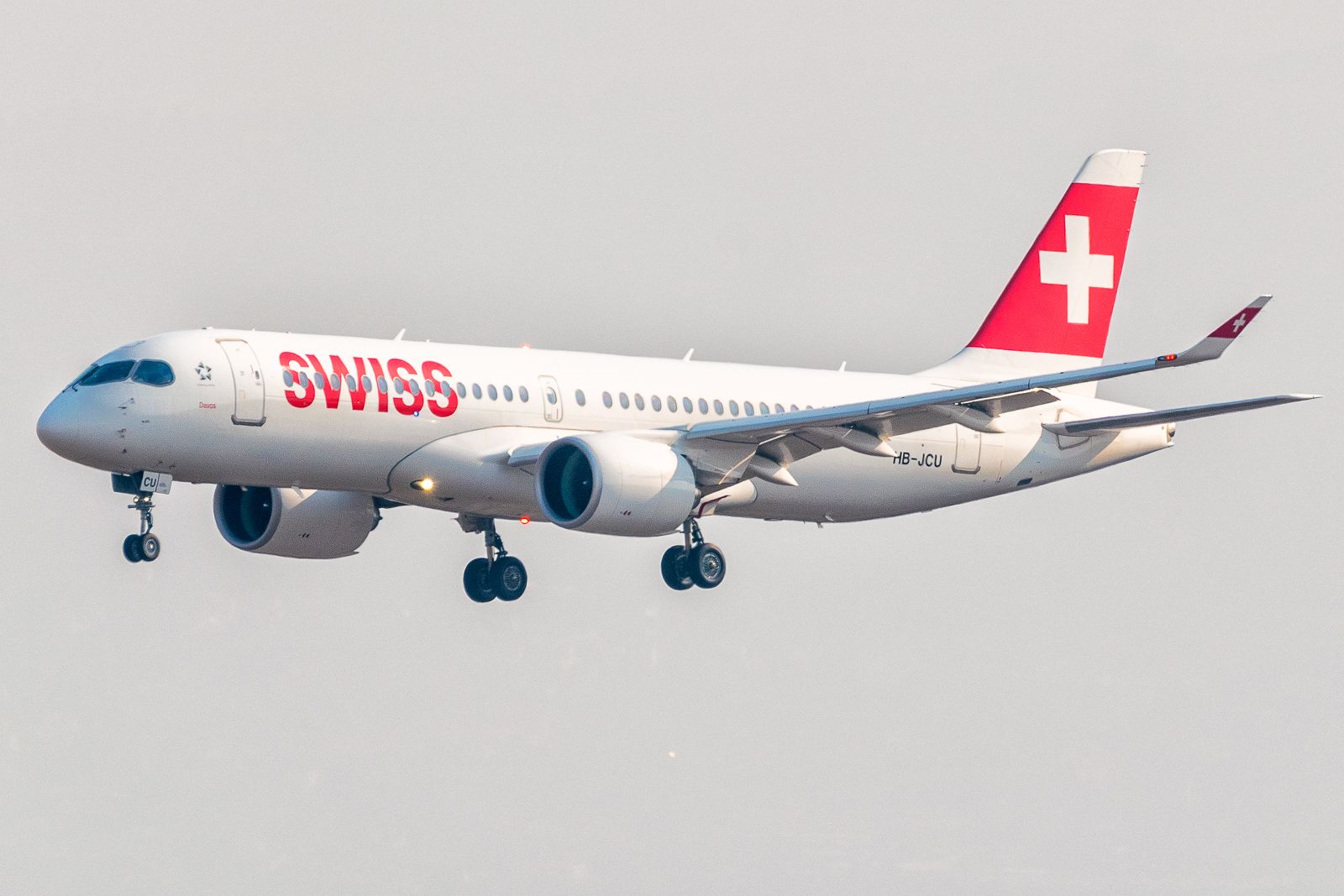
.jpg)